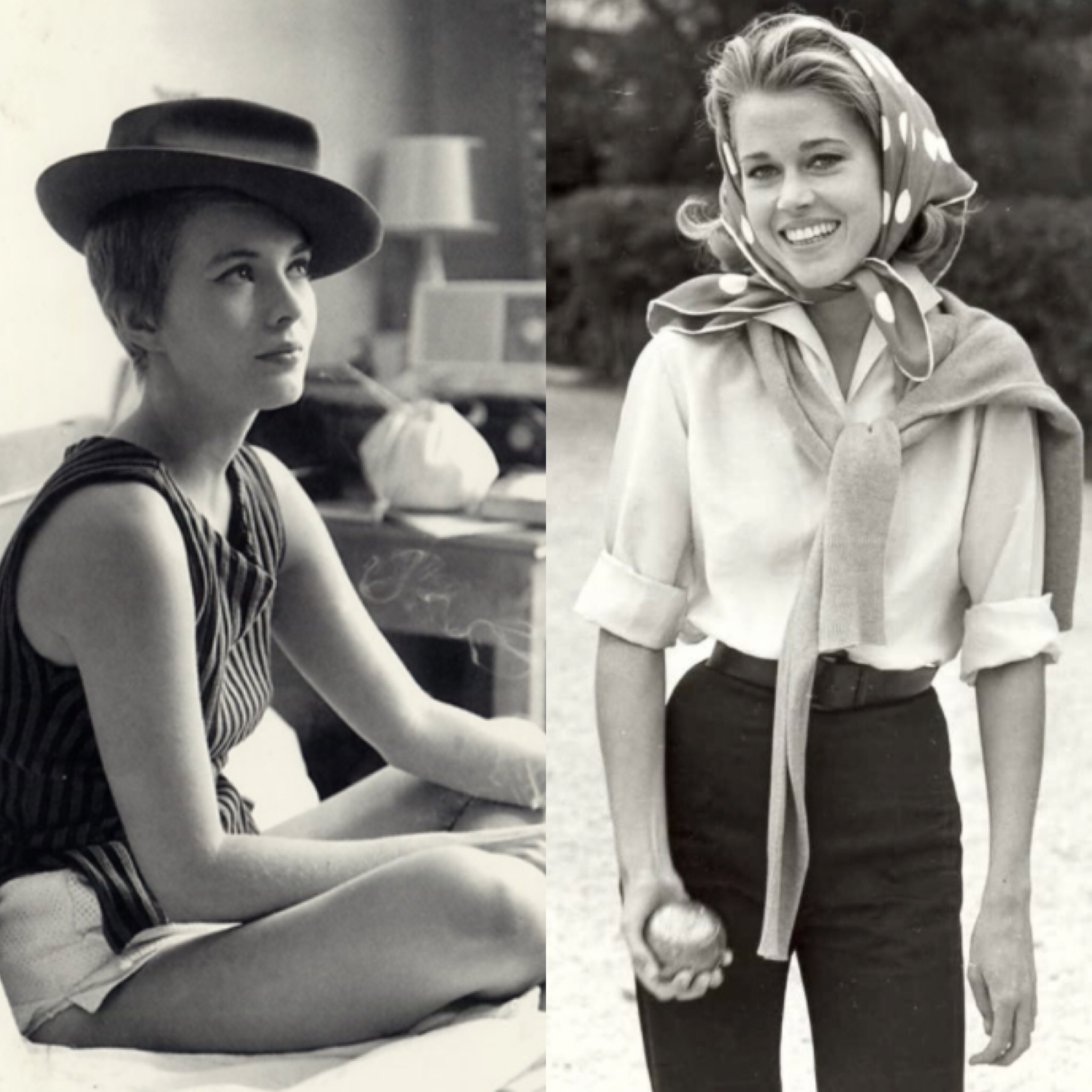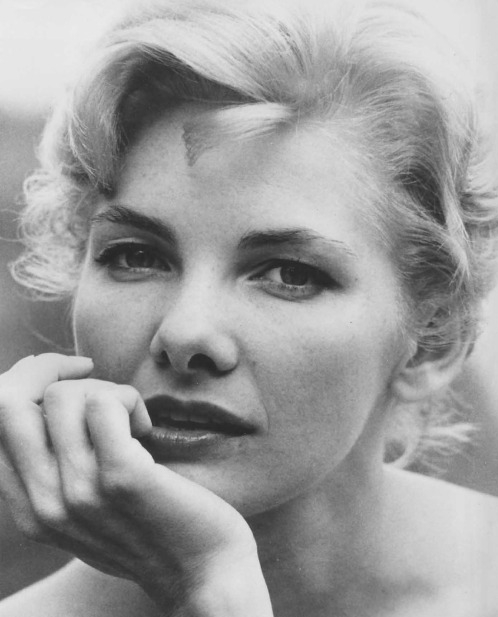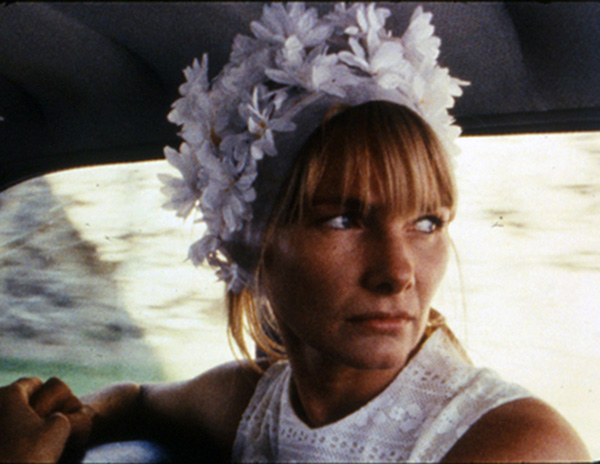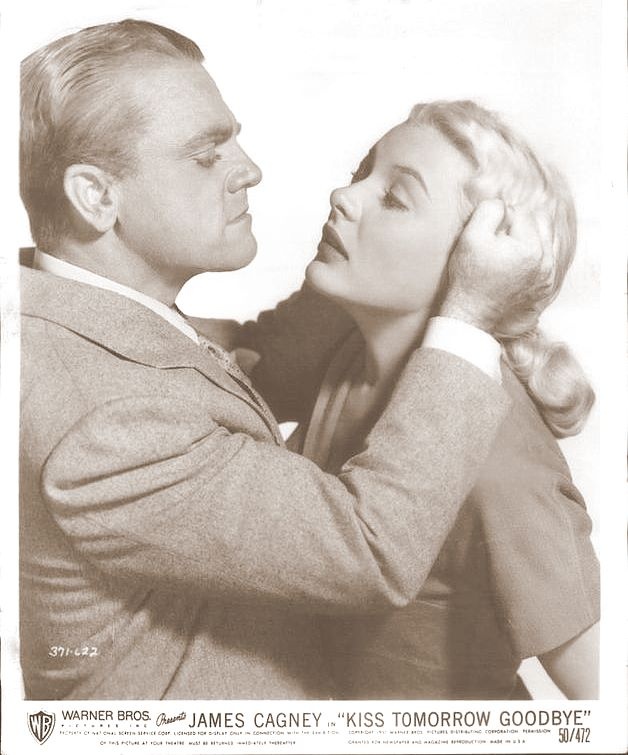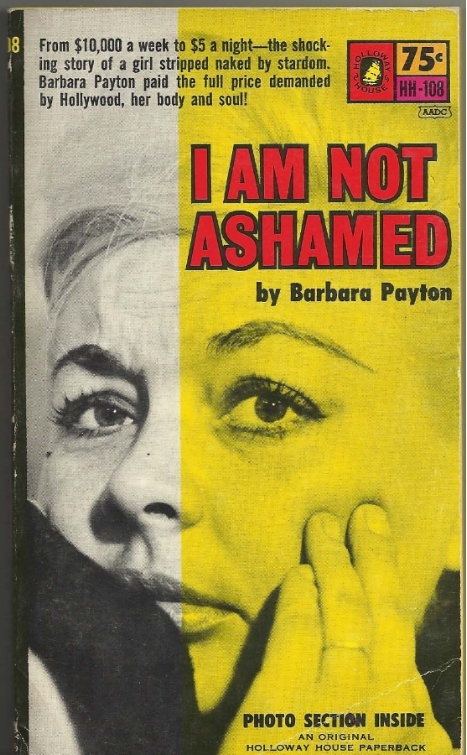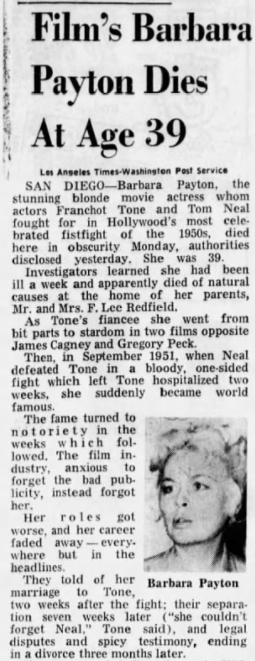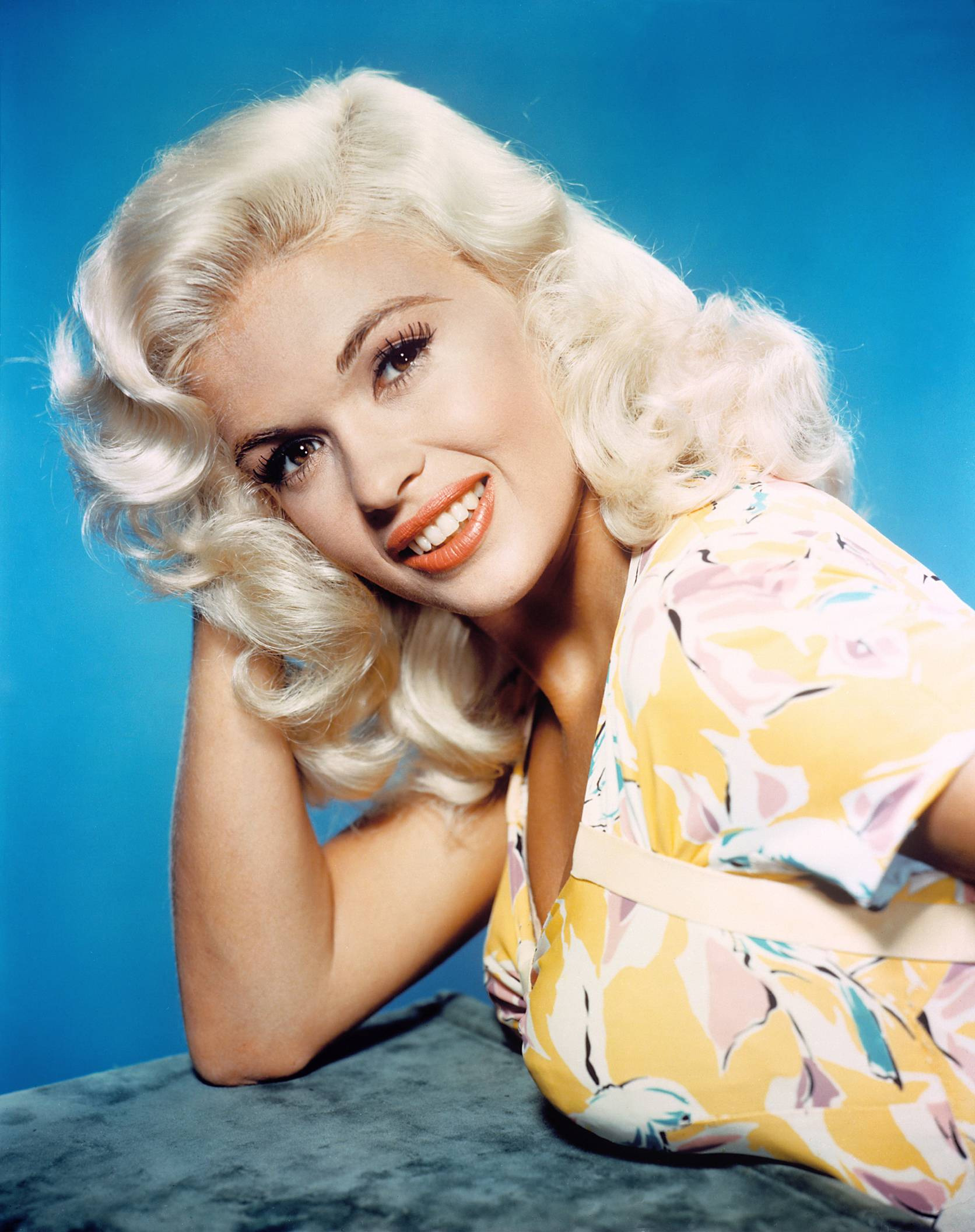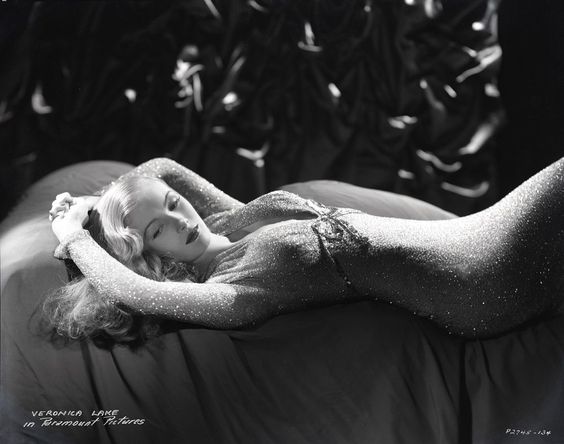Listen to this episode on Apple Podcasts.
Having coaxed Jane into participating in an open marriage, Vadim began casting her in films as a male fantasy of female sexual liberation. This phase of her career would peak with Barbarella, a sci-fi film based on an erotic comic book featuring Jane as a horny space warrior. Jane’s perfect body was on full display and fetishized the world over, but no one knew the self-destruction that went on behind the scenes in order to maintain her looks. While Vadim was building her up as an international sex kitten, Jane was gradually becoming more socially conscious. For all of his experience with women, Roger Vadim didn’t know what to do with a woke wife.
SHOW NOTES:
Sources:
Jane Fonda: The Private Life of a Public Woman by Patricia Bosworth
Bardot, Deneuve, Fonda by Roger Vadim
Easy Riders, Raging Bulls by Peter Biskind
“Heres What Happened to Baby Jane” by Gerald Jonas, The New York Times, January 22, 1967
Music:
All of the music used in this episode, with the exception of the intro and outro, is from royalty-free music libraries and licensed music collections. The intro includes a clip from the film Casablanca. Outro song: “Gloria” by Patti Smith. Excerpts from the following songs were used throughout the episode: "Groovy Development " by Christian Andersen, "Neighbours At Night 2" by Martin Hall, "Salty Breeze 1" by Martin Gauffin, "Easy Lynch Guitars 2" by Johan Hynynen, "Swamp Fever 3" by Håkan Eriksson, "Old Time Action 2" by Gunnar Johnsén, "Psychedelic Weirdo Lounge" by Håkan Eriksson, "A Mysterious Presence" by Håkan Eriksson, "You're In Trouble Deep" by Anders Bothén, "Ambient Acoustic Guitar 19" by Anders Ekengren, "Ambient Acoustic Guitar 18" by Anders Ekengren, "Meet The Macho Man 1" by Bo Järpehag, "Meet Me in Queens 2" by Orjan Karlsson, "Suburban Life 3" by Gavin Luke, "High Stakes" by Nicklas Ahlstrom.
Sponsors:
This episode is sponsored by Blue Apron, Naturebox and American Express.
Credits:
This episode was edited by Sam Dingman, and produced by Karina Longworth with the assistance of Lindsey D. Schoenholtz. Our logo was designed by Teddy Blanks.







